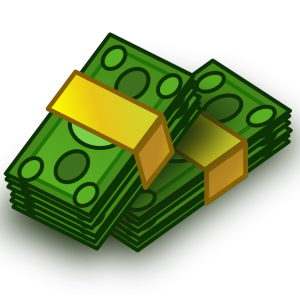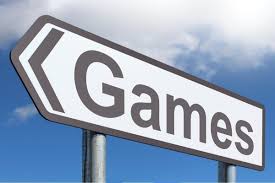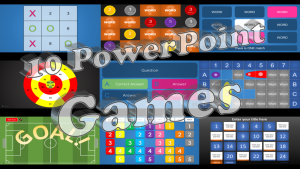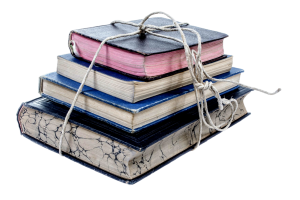Earlier this morning I read a blog post by @mrdardy titled, “The Case For, and Against, Test Retakes”. His post was inspired by a Twitter conversation about the Edutopia article titled, “The Case for Not Allowing Test Retakes”. I, too, read that article and I have been thinking about it ever since. The Edutopia article states that test retake opportunities demotivate students, deflect their attention from their studies to their electronic devices, and reduce teacher effectiveness due to additional time spent grading.
I do believe that students need to prepare for upper education (college, university) where retakes are not an option. I also agree that sometimes allowing retakes decreases the initial effort by students as they know there is always a second chance. However, I also think that test retakes are a necessity. I allow retakes, or more so, I require them. If a student has performed poorly on a test then it is my job to figure out why and to offer an opportunity to show improvement and comprehension of the topic at hand. I work with that student independently to try to determine and resolve the issue, reteach as necessary, and then retest in some format to ensure the student is ready to move on. Retest grades do not replace the originals, rather they are averaged or used to show growth in learning. It is my responsibility to teach my students, not just teach them until the test date. And if we move on to the next topic, which often builds from the last, and that student is lacking the required knowledge and skills, then that student would just be on a staircase that is spiralling downwards. I want my students moving upwards.
I have not found a lack of motivation as a result of this practice. I find that students still study and want to do well. They want the high grade the first time around for their own self-confidence. They want to know that they have the ability to succeed without having to relearn, and it inspires them to come for extra assistance BEFORE the next test to help prevent it from happening again. I also do not think that it makes me inefficient. Rather, it inspires me to find ways to better support my students and makes me more aware of the needs of each learner.









